Save Time and Money with an Organised Pantry {Cleaning and Organising Tips}
This website may earn commissions from purchases made through links in this post.
Save time and money with these tips for an organised pantry. Includes tips for organising deep pantry shelves and a corner pantry.
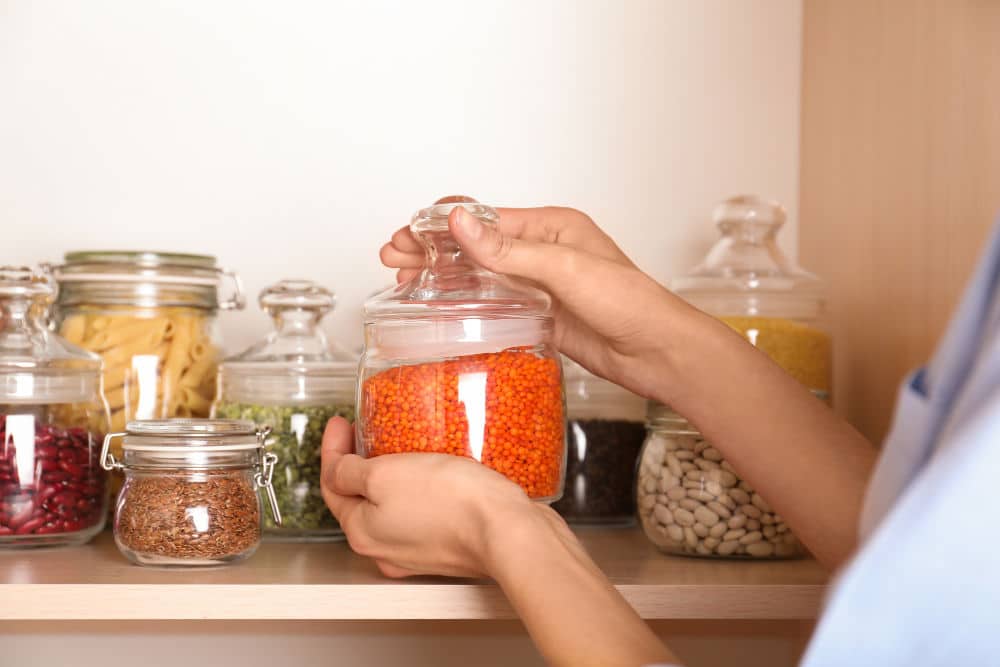
A well-stocked pantry saves you money. Unless it’s an unorganised mess.
And then an unorganised pantry can cost you money.
We have a large corner pantry with very deep shelves. We can fit a lot of stuff in our pantry, but that’s part of the problem. It’s easy for things to get lost and forgotten in the back.
Like the five bags of pasta I forgot about.
Which is why pantry organisation is important. Cleaning out and sorting the pantry is definitely a once a year job.
3 Ways an Organised Pantry Will Save You Money
It can be hard to see the value in spending good money on storage solutions.
But investing in storage solutions can save you money in the long run. Not to mention time. Here are 3 ways organising your pantry can save you money.
Food Doesn’t Get Forgotten and Spoil
It’s easy to forget the food that is hidden in the dark depths of your pantry if it’s not organised.
A well-organised pantry allows you to rotate food so that the oldest foods get eaten first and nothing goes to waste.
It’s also easier to keep track of used by and best before dates.
Avoid Running Out of Pantry Essentials
There’s nothing worse than starting to cook a meal and realising you’ve run out of the main ingredient.
I’ve done it: thought I had plenty of something but when I pulled the packet out of the back of the pantry, it ends up being nearly empty.
What can you do? Dash to the store to pick up what you need (and usually a few extra things you saw on the way) or opt for takeaway. Either option uses extra money and time.
Being Organised Reduce Duplicates
It’s one thing to run out of something, it’s another thing to find you have five packets of pasta.
Or three packets of cinnamon all opened and all half-eaten.
The more open packets, the more likely things will end up in the bin, so an organised pantry will not only stop you from overbuying stuff you don’t need, it will reduce costly food waste.
Pantry Organisation Strategy
A successful Operation Pantry Cleanout requires a strategy. Here’s the best strategy for getting your pantry organised.
If you have a pantry with deep shelves or a corner pantry, check out the end of this post for extra tips.
There are Amazon links to different storage solutions in this post to help you get an idea of what’s out there. But you can also pick up pantry storage items from places like Big W, Kmart and Target.
1. Clear It Out
First things first. Pull everything out of the pantry one by one and check best before dates.
Throw out anything that seems a bit iffy (plenty of pantry food is fine after best before dates, so use common sense).
If you get pantry moth, check all food for signs of infestation and throw out any infested food. Make sure to clean out storage containers and lids well.
If you don’t have time to clear out your whole pantry at once (I don’t!), then just do a shelf at a time.
2. Clean It Out
Take the opportunity to give the shelves and walls of your pantry a good scrub.
Line shelves with paper (especially where sauces, vinegar or oils are stored) to make cleaning easier in the future. Recycled newspaper works well.
If you get pantry moth, check all the shelf holes for cocoons, clean out the holes and plug all the ones you don’t use. Also, remove shelves if you can and clean behind shelves and in the wood grain.
Slot some bay leaves between the shelf and wall of the pantry to deter pantry moths.
3. Sort It Out
Now that you have all your food scattered around the kitchen, organise it according to ‘type’.
For example, put all the breakfast items are together, all the canned goods together, all the bottles together or all the baking items together.
This will help with the planning stage next.
4. Measure and Plan
Now it’s time to think about how you’re going to put all that stuff back into the pantry.
Before you do, measure your pantry shelves. Measure the height, width and depth. This will help you decide what storage solutions you need and what will actually fit!
Also, plan how you want to put things back in the pantry. Where will things go? What needs to be in easy reach? What needs to be out of the kids reach?
5. Contain It
Storage containers are invaluable for good pantry organisation. They stack, they can be labelled, they keep the pantry moths out.
You don’t need to spend a fortune on storage though. Recycled jars, recycled food containers and inexpensive plastic containers all make good food storage options.
The important thing is to make sure your containers are air-tight so that food lasts longer and it keeps pests like pantry moth out of food.
If you’re going to invest in storage containers, consider square or rectangular containers like these ones rather than round ones. You will fit more into your cupboard that way.
6. Label It
Label jars and containers, label baskets, label lids, label shelves!
When it comes to finding what you need quickly and easily, you can’t have too many labels.
I label the lids of all my spice jars because the shelf they are on means I look down on them. That way I don’t have to pull each one up to find the right spice.
7. Replace it
Now that you’ve sorted your food, planned where it will go and put it into storage containers, it’s time to put it all back into the cupboard.
Some organisational tips include:
- place frequently used items at the front in easy reach
- put stuff that you don’t want your kids to reach up high and in the back
- store tall jars at the back and smaller jars at the front (or use a tiered shelf)
- sort like items with like. For example, all the flours together, all the breakfast cereals together, all the cans together etc.
8. Write a Pantry List
A pantry list, stuck to the door, is a great way to keep track of what you have on hand as well as what you need to restock.
Even if you never see that packet of prunes all the way at the back of the cupboard, you’ll know it’s there, and when it needs to be used by, because it’s on your pantry list.
If you cook from scratch, then a well-stocked pantry is a necessity. It will save you money and allow you to easily create a wide variety of meals.
Deep Pantry Organisation Solutions
Organising deep pantry shelves is a whole different challenge, especially if it’s a corner pantry.
Deep pantry shelves are great in they can hold lots of food, but it’s easy to lose food at the back of everything else.
So here are some tips for organising deep pantry shelves.
1. Measure and Plan
First, measure the height, depth and width of your pantry shelves. If you invest in some storage solutions, measuring stops you from buying stuff that won’t fit your shelves.
Don’t forget to account for the height of bottles and jars you use as well as room to reach in and pull them out.
2. Invest Smart Storage Solutions
- Long clear containers with handles. Clear containers allow you can see what’s in them and the handles help pull the drawer out, reaching stuff towards the back.
- A tiered pantry shelf makes it easier to see things at the back.
- Save space with a can rack.
- If you have a corner pantry, use a turntable in the corners to access items more easily. It’s important not to store things too close to the turntable because this can prevent it from turning.
- If you have the space between the pantry door and the shelves, an over-the-door pantry organiser can help you easily access frequently used items.
3. Store Frequently Used Items at the Front
If you decant food into containers, store any extra behind the containers. For example, maybe you got a great price on flour and have several bags. Store the bags behind the container you use regularly.
For bottles and jars, store the things you don’t use very frequently towards the back of the pantry and the items you use every day towards the front. A pantry shelf can help you to see and reach those items at the back.
Store irregular shaped items in baskets. For example, I have a basket for all the cookie and cake decorating things like cookie cutters and piping tips. That way I can just grab all the baking stuff when we want to do some baking. Baskets are best for infrequently used items, rather than everyday items.
Keeping Your Pantry Organised
Once your pantry is all organised the next vital step is to stand in the doorway and revel in being a pro-level domestic goddess. And point out your organised pantry to anyone who comes in the house.
To keep it organised, take five minutes every few months to check best-before dates, rotate any cans or jars, bringing the oldest to the front, reorganise things that have been thrown in the back (because we all have days like that) and change up anything you feel isn’t working.
Food is an investment and it’s worth taking time once or twice a year to keep it organised.
You might also like:
What are your best pantry organisation tips?

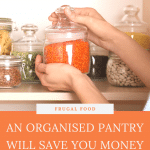
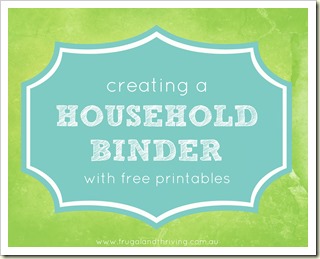
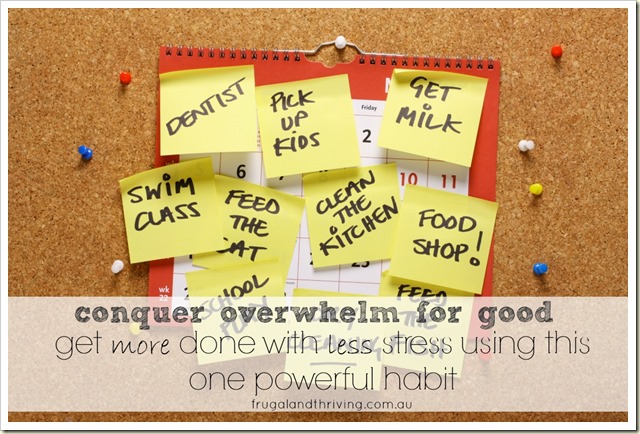
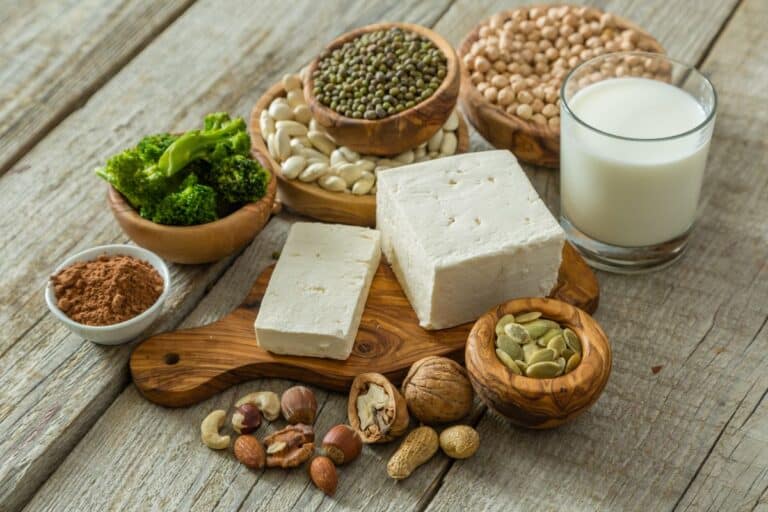
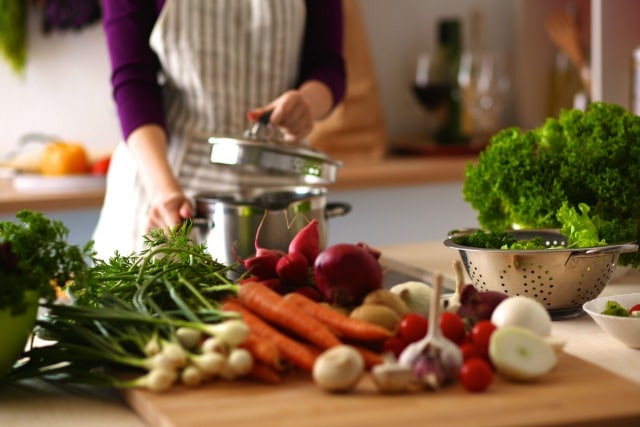
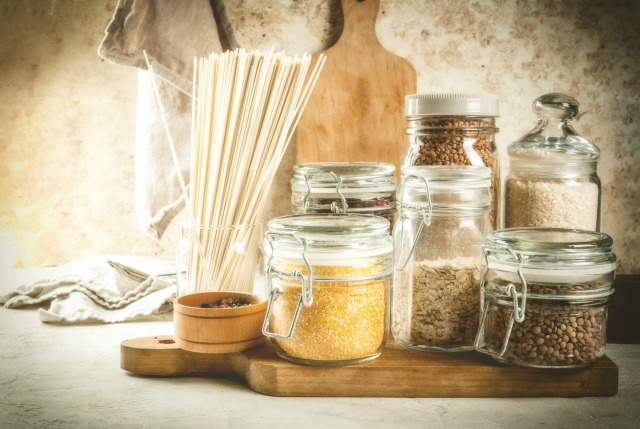
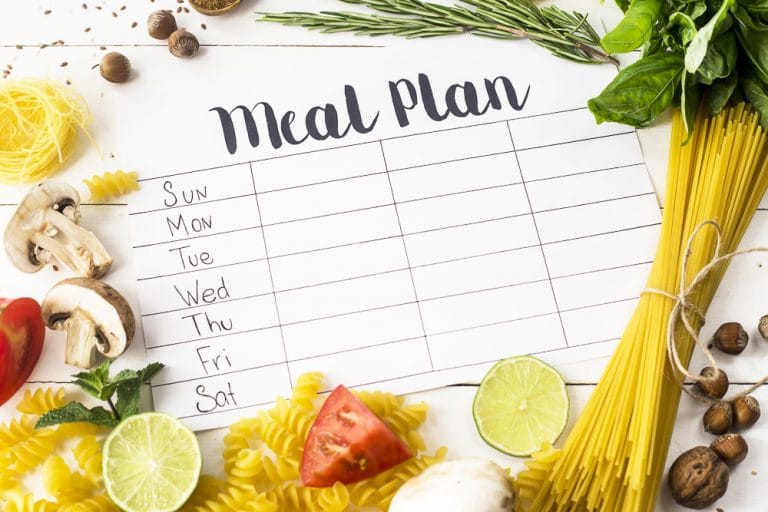
Any ideas for storing jars and packets of herbs and spices? A spice rack isn’t enough and they spill into the pantry space uncontrolled. I would love to solve this problem.
I store mine in jars. There’s a picture of how I store them in the link in the article. Otherwise a drawer or basket to put the packets in is another idea.
During winter here it gets really cold and I get sick of tea and coffee. I buy hot chocolate in my supermarket , the BONUS is that it comes in rectangular plastic container with pop off lids. They are 11cm wide18 1/2 cm high and 5cm wide and the paper labels come off really easily. They are great for opened and unopened packets of herbs and spices. I just keep like with like (sweet,savoury,oriental etc) good old fashioned paperclips are great for open packets. Just cut right at the top and turn over a couple of times.I keep all my H&S in a 6cm high basket 28widex40 cms long(including the above containers) sorted in the same way ( you could just use a cardboard box cut off and the same for the packets . You can just lift it all out and find what you want.I do think Melissa’s idea of labelling the top of the containers is brilliant -saves the pick and lift of looking for a particular jar.Re labels I love Office Works everytime we go there I troll the shelves .When they have specials or end of lines look for the yellow ticketson the shelves. I have bought many things in the past for CENTS -beautiful paper for certificates or posh cards,picture frames and my most recent find Lables from a big name manufacturer (who provides online templates) who no longer have the programmes on line.The good thing for me is you can still WRITE on them. Lots of more expensive products come in packet size reusable containers (Oats, flour etc) I bought mine when they were on special and refill with generic or special price products.The good thing is that you have no left overs as they are made to take the contents of entire packets.
I’ll have to keep an eye out for that hot choc!
I love Office works (or stationery in general) too :)
Great tips for reusing the containers. Thanks.